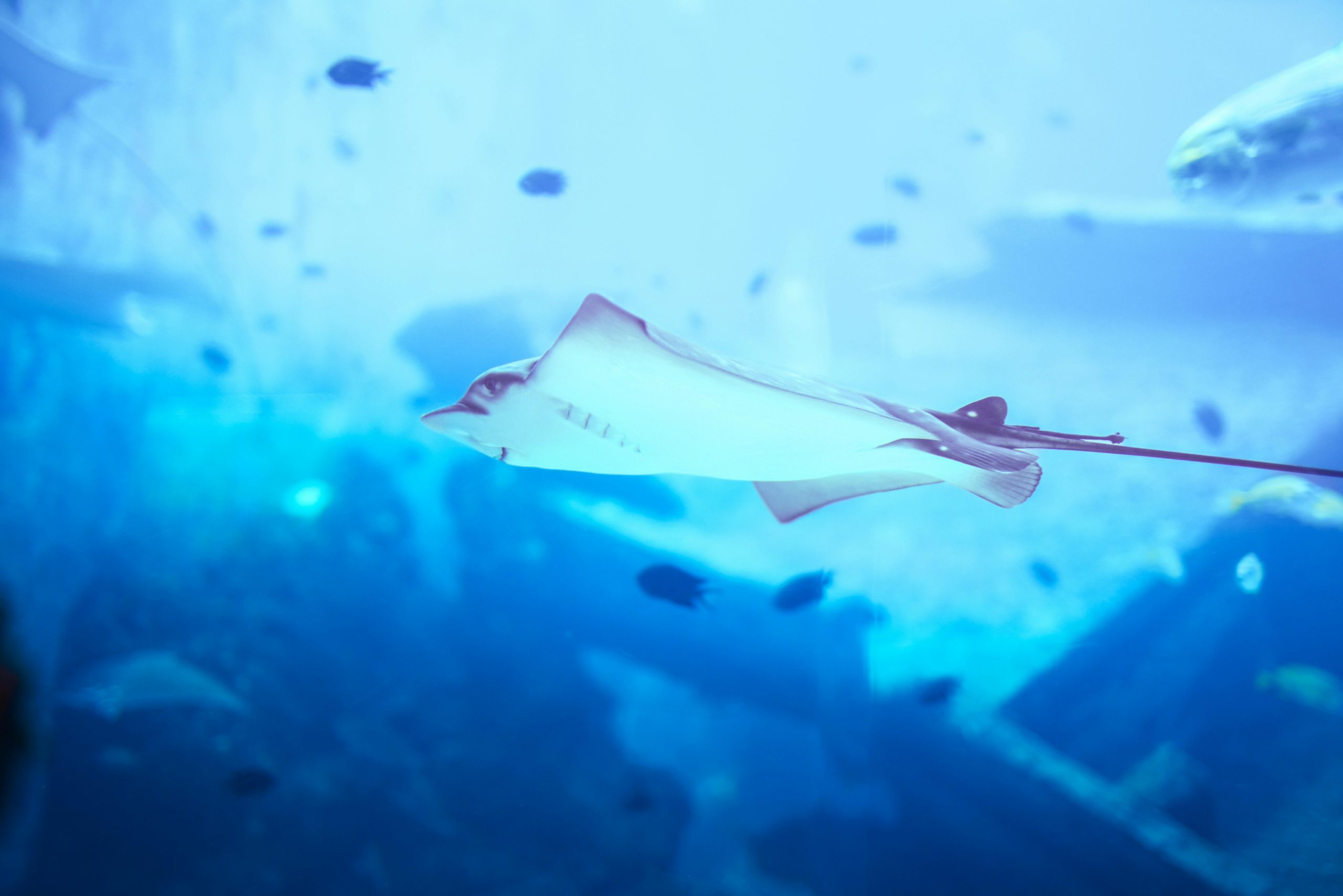In response to the alarming rise in manatee mortalities along Florida’s east coast, Brevard Zoo has unveiled a dedicated manatee rehabilitation facility, marking a significant enhancement in local conservation efforts. This initiative positions the zoo as a pivotal player in the rescue and recovery of these gentle marine mammals.
Addressing a Growing Crisis
Brevard County has become the epicenter of a concerning increase in manatee deaths in recent years. The primary culprit is the degradation of the Indian River Lagoon, where pollution has led to extensive seagrass die-offs, depriving manatees of their main food source. This environmental crisis has resulted in unprecedented mortality rates among the manatee population.
Recognizing the urgency, Brevard Zoo has transitioned from assisting in rescues to providing comprehensive rehabilitation services. The newly established facility is the first of its kind in the county, aiming to offer immediate care to manatees in stable condition that require additional monitoring and support before being released back into their natural habitats.
Facility Features and Capabilities
The rehabilitation center is equipped with three specialized tanks: a repurposed 20-foot round tank and two newly installed 40-by-20-foot oval tanks. Collectively, these tanks can accommodate up to ten manatees simultaneously, focusing on subadult individuals that need to regain strength and weight. The facility is designed to provide a controlled environment where manatees can recover from various stressors, including malnutrition and cold exposure.
A significant aspect of the rehabilitation process is ensuring a consistent and appropriate diet for the recovering manatees. The facility maintains a well-stocked supply of lettuce and other vegetation, essential for the herbivorous diet of manatees. This dietary provision is crucial for their recovery and eventual release.
Collaborative Conservation Efforts
The establishment of the rehabilitation center is the culmination of collaborative efforts between Brevard Zoo and the Florida Fish and Wildlife Conservation Commission (FWC). A substantial grant from the FWC facilitated the construction and outfitting of the facility, underscoring the state’s commitment to manatee conservation.
Brevard Zoo’s involvement with manatee conservation is not new. Over the past six years, the zoo has actively participated in rescue operations, working closely with the FWC to address the immediate needs of distressed manatees. The addition of the rehabilitation center enhances the zoo’s capacity to support the full spectrum of manatee care, from rescue to recovery.
The zoo is also a member of the Manatee Rescue & Rehabilitation Partnership (MRP), a coalition of agencies, organizations, and oceanaria dedicated to the rescue, rehabilitation, release, and monitoring of Florida manatees. This partnership ensures a coordinated and effective response to manatee conservation challenges across the state.
Community Engagement and Future Outlook
The opening of the rehabilitation facility is slated for late March or early April 2025. As the facility becomes operational, Brevard Zoo plans to engage the local community through educational programs and volunteer opportunities. By fostering public awareness and involvement, the zoo aims to cultivate a community-wide commitment to preserving Florida’s manatee population.
Looking ahead, the zoo envisions the rehabilitation center as a hub for research and conservation initiatives. Data collected from rehabilitated manatees will contribute to broader studies on manatee health, behavior, and habitat use, informing future conservation strategies.
The challenges facing Florida’s manatees are multifaceted, involving environmental, ecological, and human-induced factors. The proactive measures taken by Brevard Zoo, in collaboration with state agencies and conservation partners, represent a comprehensive approach to addressing these challenges. Through rehabilitation, research, and public engagement, the zoo is committed to ensuring a sustainable future for these iconic inhabitants of Florida’s waterways.
(Source : mynews13.com )


